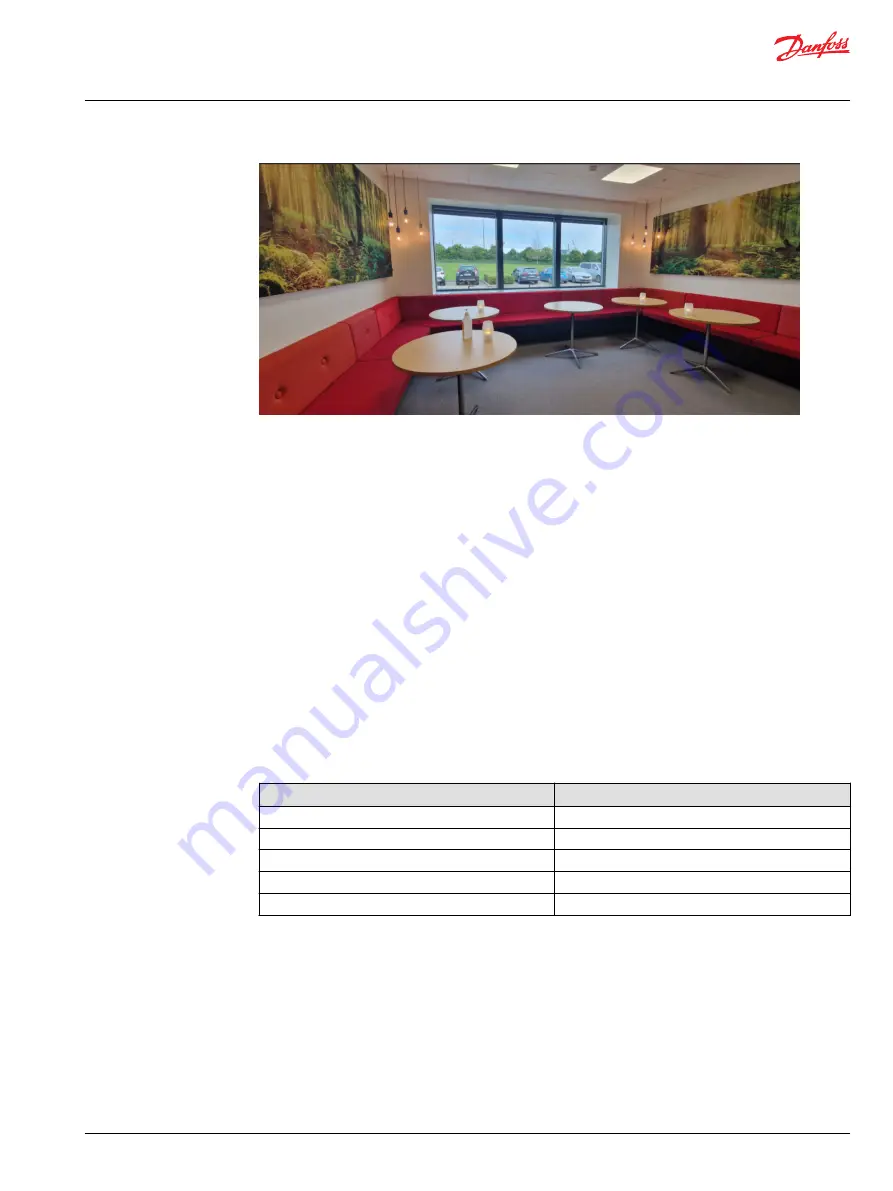
LiDARs sensors can have different numbers of points in each ring, known as the horizontal resolution.
High horizontal resolution means each ring has many points, and low horizontal resolution includes
fewer points per ring. Fewer points per ring speeds up processing time, but the low resolution LiDAR
sensors would not have as much clarity in detecting objects.
Point Clouds
All the points from the LiDAR scan are known collectively as a point cloud.
A point cloud is a set of data points in space, and each point's position has its own set of Cartesian
coordinates (X, Y, Z). The Autonomy blocks use data from the point clouds to perceive the environment
so the machine can decide what actions to take.
Autonomy blocks utilize ordered point clouds, which means each point is accounted on the scan with its
own coordinates. However, to speed up data processing time, Autonomy blocks can also use unordered
point clouds. This is when some data points are skipped over so a smaller picture forms, such as removing
a few rows of rings from what the LiDAR calculates. Ordered point clouds can convert to unordered point
clouds, but unordered point clouds cannot convert to ordered point clouds.
Autonomy blocks use the following signals to indicate types of point clouds and whether they are input
or output signals:
Point Cloud Signal Names
Signal Name
Description
O_PtCld
The locker ID of an ordered point cloud data.
O_PtCld_In
The locker ID of input ordered point cloud data.
O_PtCld_Out
The locker ID of output ordered point cloud data.
PtCld
The locker ID of ordered or unordered point cloud data.
U_PtCld
The locker ID of unordered point cloud data.
Filtering Point Cloud Data
Ordered, unordered, and filtered point cloud data affect an application's processing time.
Each point in the point cloud captures a part of an image, and the LiDAR reads the points in the direction
it scans. For example, the Ouster LiDAR hardware scans counter-clockwise, so it scans the points from the
top right corner of an image and toward the left.
If the point cloud data is unfiltered, the LiDAR picks up all the points it projects, giving the machine the
clearest idea about its environment. However, this takes up a lot of memory and processing power.
Filtering unneeded data speeds up processing time. For example, if a LiDAR captures an image of a tree,
the sky around the tree could be filtered out to speed up processing time.
User Manual
Ouster LiDAR
Introduction
©
Danfoss | March 2023
AQ404281942428en-000103 | 7






















